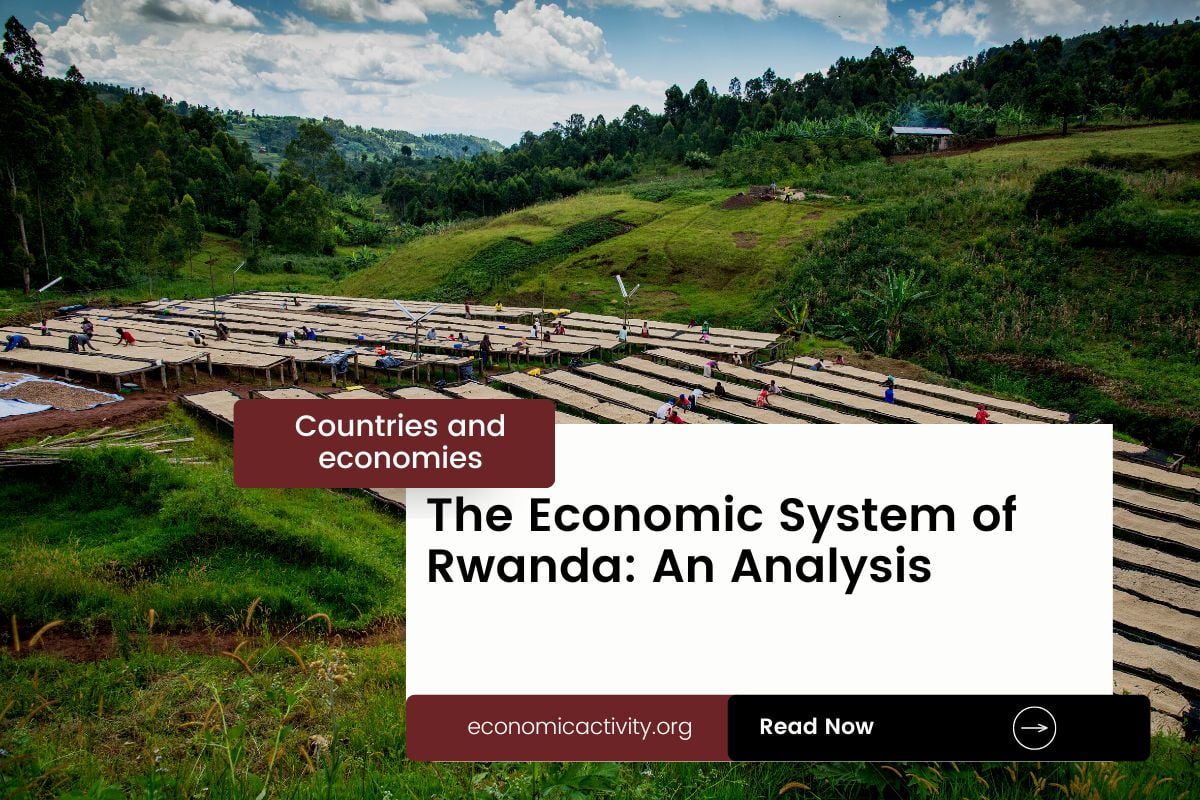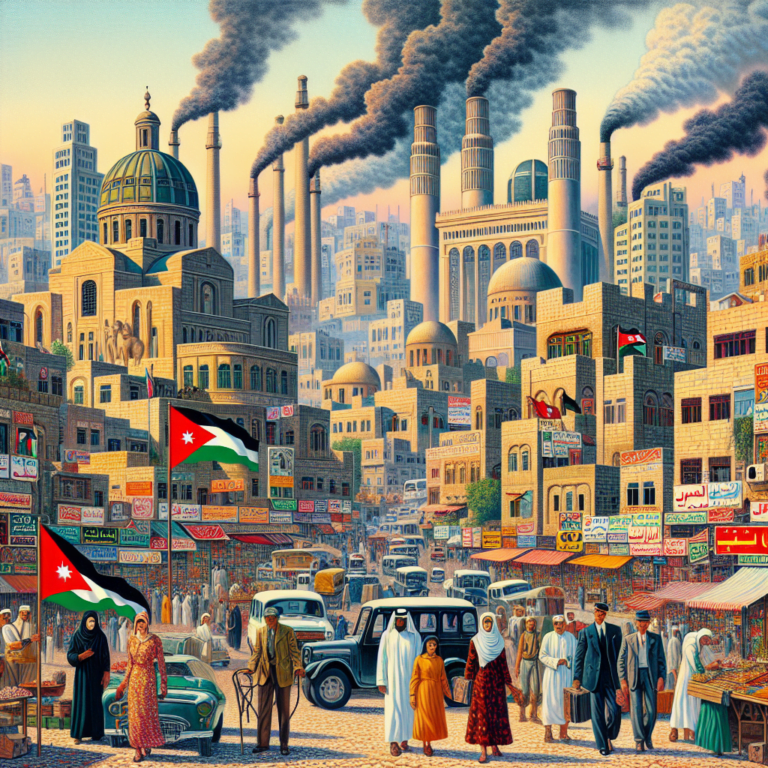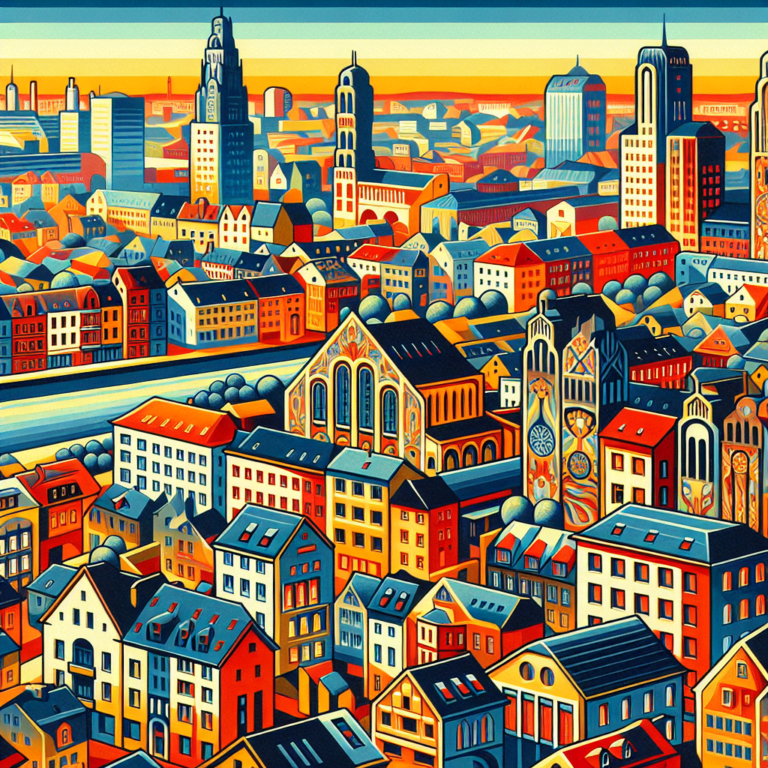What is the economic system of Rwanda? The economy of Rwanda is based on a mixed economy. The country’s economic system combines elements of a market economy and a planned economy.
Rwanda’s economy is based largely on subsistence agriculture, but it has been diversifying into services, tourism, and light manufacturing. Coffee and tea are the major cash crops for export. Information and communication technology growth also shows promise, along with mining industries.
In Rwanda, the economy is composed of a private sector, consisting of individuals and businesses that make autonomous decisions based on self-interest, and a public sector, where the state determines the production and distribution of certain goods and services. No country is purely capitalist or purely communist.
What do the freedom indexes tell about the economic system of Rwanda?
Now, to determine if a country is mostly a market economy or a planned economy, it is useful to examine some economic indexes. For instance, according to the 2022 Index of Economic Freedom, which measures the ability of every human to control his own labor and property, Rwanda is ranked 105th globally and 16th in Sub-Saharan Africa indicating that the country has a mostly unfree economy.
In a similar way, the 2022 Freedom House index evaluates the state of political rights and civil liberties globally. Generally, market economies tend to align more with democracy and freedom, while command economies tend to be characterized by greater state control and fewer democratic and civil liberty protections. Rwanda gets a score of 22/100, which qualifies it as Not Free.
Rwanda is a country where the government controls what people do for political reasons, and people have limited freedom to choose (what, how much, and how to produce, whether to buy or not, selling price, etc.)
The Link Between Public Sector Employment and the Economic System of Rwanda
An indicator of the extent to which the State is involved in the economy is the number of public sector employees. In Rwanda, according to ILOSTAT, the number of public sector employees as a percentage of the total workforce is 5.9% (2021).
In the country’s mixed economy, the number of public sector employees as a percentage of the total workforce varies based on the specific policies and practices adopted by the State. Some economic activities are left to the private sector while others are under government control. The bigger the public sector the closer the economy is to being a command economy.
What do the biggest companies in Rwanda say about the country’s economic system?
The biggest company in Rwanda should also be looked at, as well as whether it is a state-owned or private company. In this case, the Bank of Kigali is Rwanda’s leading financial services provider, offering banking, insurance, and investment services. Founded in 1996, it is the largest bank in Rwanda.
The company is a publicly-traded company, with shares owned by various individual and institutional investors. The largest shareholder traditionally has been the Government of Rwanda.
The historical factors that have influenced the economic system of Rwanda
The current mixed economy system of Rwanda is the result of the country’s history of colonialism, civil war, and economic liberalization. Colonialism brought a centralized economy with a focus on export-oriented agriculture, while civil war and economic liberalization led to a more open market economy.
This has resulted in a mix of public and private sector involvement in the economy, with the government playing a major role in regulating and providing services.





Leave a Reply